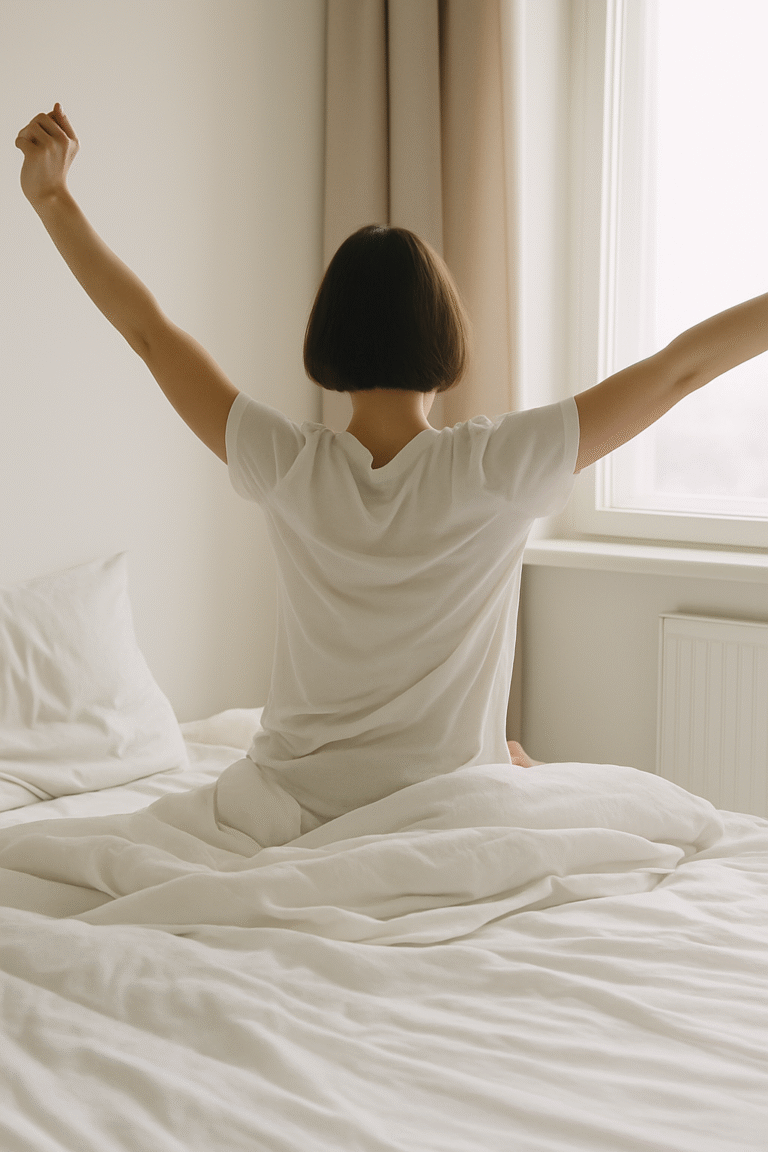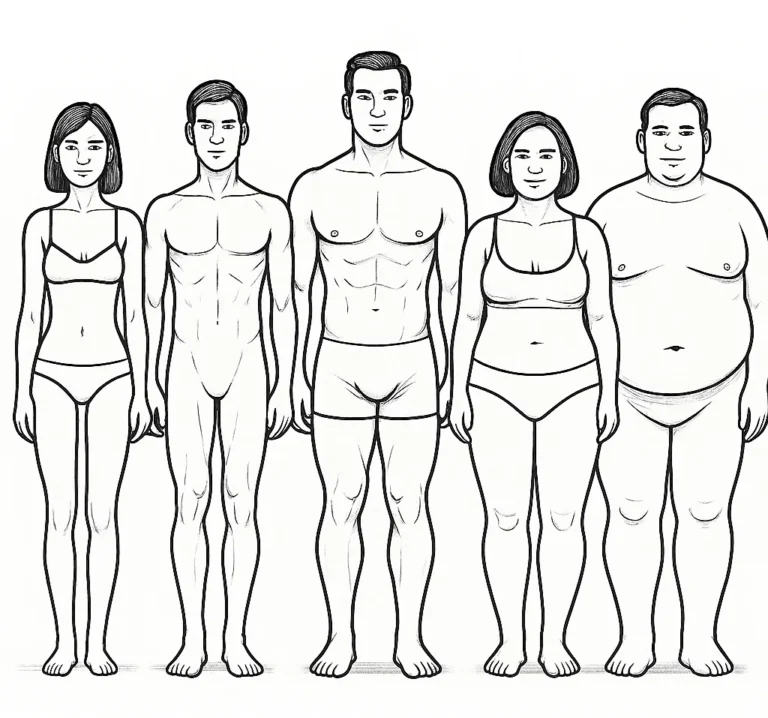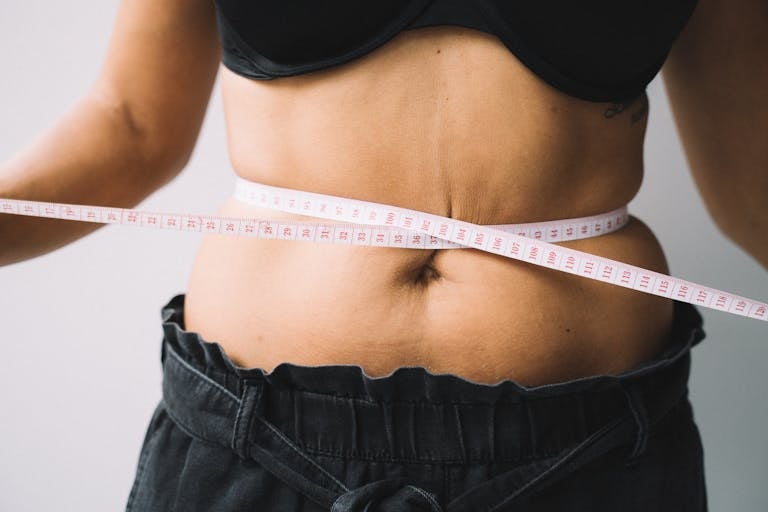You probably have heard this a lot, but the benefits of exercise can never be overstated. Exercising or engaging in regular physical activity plays a crucial role in maintaining your happiness and overall health. Everyone, regardless of their age, shape, or size, can benefit from a little physical activity. Understandably, some people may be hooked up in sedentary jobs and other life schedules, and finding the time for a workout in a busy schedule becomes daunting just by thinking about it.
The good news is that you can still get some exercise in, no matter how busy you are – want to know how? See this article here.
It’s never too late to start and get your body working. Find a way to slowly add some physical activity to your life and get the recommended amount for your age, just enough to make you feel better and reap the benefits of exercise, which helps control and prevent many diseases and increase your life span.
Fitness plays a vital role in living a good, happy, and healthy lifestyle.
With all of that said, here are some of the most important benefits of exercise.
10 Benefits of Exercise
- Type 2 Diabetes: Regular physical activity, combined with a healthy diet, can help prevent and manage Type 2 Diabetes, reduce the risk of heart diseases and other diseases such as cancer, etc.
- Better Sleep: Physical activity can help you fall asleep faster, sleep better, and sleep more deeply. Just keep in mind that if you exercise too close to bedtime, you’ll be too energetic to sleep, so be sure not to do it when you’re about to go to bed.
- Boost confidence: Regular exercise can help you feel better about yourself and your appearance, which can build up your confidence and self-esteem.
- Reduce Anxiety: Has an antidepressant effect and therefore can help reduce anxiety and alleviate depression
- Improve sexual health: Do you feel too tired or too out of shape sometimes to enjoy physical intimacy? Regular physical activity can boost your sex life by increasing your energy levels and increasing your confidence in your physical attractiveness. And in some cases, it helps you maintain certain positions for a while.😉
- Weight Management: Combined with a balanced diet, physical activity plays a key role in maintaining a healthy weight, preventing obesity, and supporting long-term wellness. Even small, consistent workouts can make a big difference over time.
- Improve Balance: Improve your balance and reduce the risk of falling, especially in older adults.
- Improve bone structure: strengthen your bones and muscles.
- Improve Cognitive function: helps you stay sharp, focused, and mentally agile as you age.
- Increases your lifespan

How Much Exercise Do I Need?
For People who are trying to lose weight, you may need to increase your physical activity. You must also modify your diet so that you burn more calories than you consume.
If you haven’t exercised in a long time, you may need to let yourself ease into it. You can continue to add more gradually. The more you can accomplish, the better. However, try not to feel overwhelmed and do your best. Getting some physical activity is always more beneficial than not getting any.
At this point, you may be wondering, “How much exercise do I need?”
“Where do I begin?”
These are questions that may likely come up at the back of your mind when little motivation rises just before it sinks back down because you don’t know how and where to start.
Well, for a start, the first and most basic thing you need to know before you start a workout programme is to know your body type.
No matter what your workout goal is, you have to know your body type, as this would help you know how to manage your workout and diet while working out. If you don’t know your body type, check here!
Then the second best next thing is knowing how and what to eat as you work out. Diet makes up about 70% of your effort to reach your workout goals; your workout diet is very crucial to your workout goals.
Here are a few tips to help you know just how much exercise you need according to your age.
For adults (18-35):
Get at least 150 minutes of aerobic or anaerobic exercise each week. Alternatively, you might combine the two methods. Aerobic exercises include speed walking, swimming, sprinting, etc.
Anaerobic exercises include lifting weights, using a resistance band, push-ups, etc.
Choose exercises that engage all of your body’s muscles: legs, hips, back, chest, stomach, shoulders, and arms. Ensure that the exercises done for these muscle groups should be repeated at least 8-12 times in a session.
On some days, you may not have the block of time to engage in physical activities; working out when you have a jam-packed schedule is crazy, but not impossible.
A little discipline and consistency, and you can hit your workout target even in a busy schedule. Click here to see how!
Try to spread out your physical activity into segments of 15-20 mins over several days.
For older adults and persons with chronic health problems, you should consult with your physician about how much physical activity you should get and what kinds of activities you should participate in.
For Children and Teenagers
Every day, engage in 60 minutes or more of physical activity. It should mostly consist of moderate-intensity aerobic activities.
Activities should be varied and appropriate for the child’s age and physical development, without being demanding.
Walking, running, skipping, playing on the playground, and participating in sports such as basketball, football, volleyball, and biking are all examples of moderate-intensity aerobic exercises.
Also, try getting involved in anaerobic exercises such as weight lifting, push-ups, pull-ups etc.
For preschool kids ages 4-12
Letting them be active it’s not a bad thing, even all day, as this helps with their growth and development.
Active play, both structured and unstructured, should be allowed. Structured play is directed by an adult and has an aim. Playing a sport like football or a game is an example. Playing in a playground is an example of unstructured play.
As they get older, their physical activities should be more controlled and should involve structured play.

The bottom line is, physical activity and exercise are fantastic ways to improve your mood, improve your health, and still have fun while doing it.
Remember, before beginning a new exercise programme, consult your doctor, especially if you have any worries about your fitness, haven’t exercised in a long time, or have chronic health issues such as heart disease, diabetes, or arthritis.








